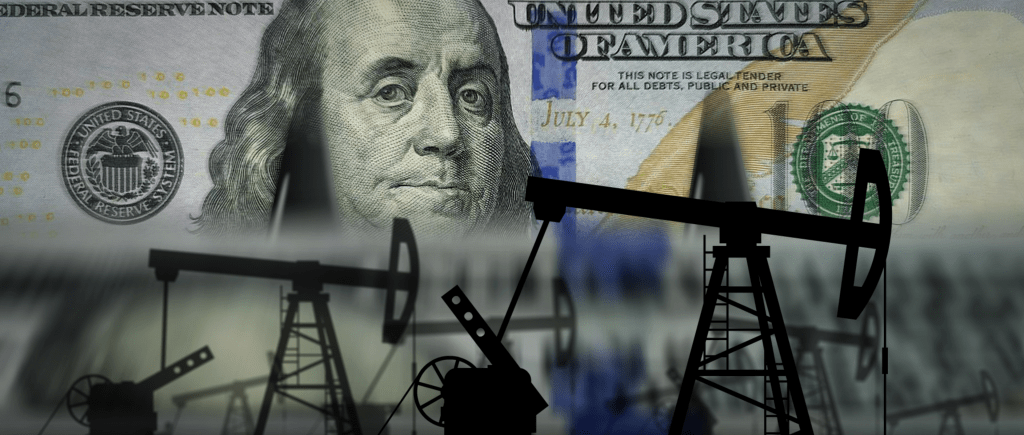There are a number of reasons why the price of oil should be anticipated to rise, including constant official announcements about Saudi supply reductions, US economic growth that has surpassed forecasts, and fewer Americans filing jobless claims despite moderate jobs growth, among others.
Although weekly petroleum data from the US government hardly supported that idea, WTI crude and London-based Brent oil both finished up for a fifth consecutive week on the rhetoric that supply was getting critically short versus supply.
But the rally is starting to falter following a rise of up to 14% for just July. For the majority of Friday, the market was flat before ending the day higher. Before, traders who were long the market seemed to be torn between taking profits and opening fresh positions on Monday or holding off for another week until the OPEC meeting on Friday, where additional jawboning on oil prices was expected.
OPEC is aware of its strengths and is unlikely to pass up the chance to employ the hailer once more to emphasise the Saudis’ permanent production curbs. The lack of profit taking in today’s US trading session can be attributed to the fact that oil bulls also know that the cutbacks mantra will be repeated throughout the entire next week.
The Saudis have pledged to take an additional million barrels per day off their production for all this month, and possibly forever, if that meant keeping the market above $80 a barrel at any time.
The Saudi production would theoretically decrease by a total of 2.5 million barrels per day from its average of 9.5 million, which is a significant deterrent for oil bulls. The market is lacking at least 4.0 million barrels per day of supply despite Russia’s production cuts and those of nine other oil producers that are joining the 13-member OPEC in its output crunch.
Despite the frequently cited figures for production cuts, the US government’s weekly petroleum inventory data reveal a market that has more supply than anticipated and little demand for fuel during the summer, when demand should be at an all-time high.
WTI for September delivery ended the day on Friday at $80.58 a barrel, up 49 cents or 0.6%. The benchmark US crude price increased from Thursday’s top to a new three-month high of $80.69 throughout the session. It increased by 4.6% for the week after increasing by a total of 11.4% during the previous four weeks. WTI was also up 14% for the month of July with just one more session to go.
At $84.99 per barrel, Brent for October delivery finished up 75 cents, or 0.9%. The worldwide benchmark for crude oil gained 4.8% for the week, adding to a preceding four-week rise of 9.8%. Brent experienced a rise of more than 12% in July.
With an OPEC meeting just around the horizon, there is no imminent fear of a reversal in the oil gain, but WTI was gradually moving towards the important resistance of $86. The continuance of the current positive trend is contingent upon holding above the 5-day EMA of $79.10 at the price.

 Noor Trends News, Technical Analysis, Educational Tools and Recommendations
Noor Trends News, Technical Analysis, Educational Tools and Recommendations




